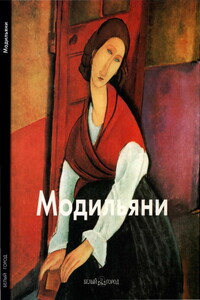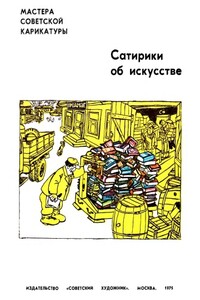Ордена России | страница 21
Невозможно перечислить все подвиги, за которые храбрые офицеры могли быть удостоены ордена св. Георгия. Получивший знаки ордена любой степени становился потомственным дворянином.
В честь ордена св. Георгия и его боевых кавалеров назван один из лучших парадных залов Большого Кремлевского дворца в Москве, построенного в середине XIX в. В Георгиевском зале - зале русской воинской славы на мраморных досках золотыми буквами вписаны имена 10 тыс. георгиевских кавалеров.
The Order of St. George (crosses, ribbon and star), second half of the 18th-first half of the 19th centuries.
Gold, enamel and moire ribbon.
(The Armoury).
The highest Russian military decoration-the Order of St. George, instituted by Catherine II in 1769, was a rhomb-shaped gold star with the motto "For Service and Courage" awarded to soldiers and officers. All the four-class crosses were gold, white enamel-plated and had in its centre a picture of St. George on horseback striking a serpent with the spear. The fourth-class Order of St. George was at the same time a decoration for 25 years of service in the Army and for 18 naval campaings. In this connection, to distinguish them from the insignias received for military feats the fourth-class long service insignias had inscriptions "25 years" and "18 campaigns" on their cross bars. Beginning with 1855 this Order was no longer awarded for long service record.
Many are the feats for which Russian courageous officers were awarded the Order of St. George. The bearers of this Order were vested with the title of a nobleman.
One of the best festive halls of the Grand Kremlin Palace in Moscow built in mid- 19th century, was named in honour of the Order of St. George. Inscribed in golden letters in the Georgievsky Hall-the hall of the Russian military glory-are the names of the 10,000 bearers of the Order of St. George.
Высшая награда России - орден св. Андрея Первозванного, учрежденный Петром I в 1698г.
Первоначальных знаков не сохранилось. Один из ранних знаков ордена Андрея Первозванного из собрания Алмазного фонда относится к началу XVII! в. Знак - золотой, довольно массивный, выложен сплошь из крупных бриллиантов и алмазов в высоких глухих кастах. Он представляет собой косой крест с буквами «S» и «А» на верхних концах, означающих «святой Андрей», с накладной литой фигуркой распятого святого, украшенного эмалью. Крест наложен на двуглавого орла, увенчанного короной. На оборотной стороне знака, покрытого черной эмалью на белой эмалевой ленте, девиз - «За Веру и Верность». Крест носили на голубой муаровой ленте.



